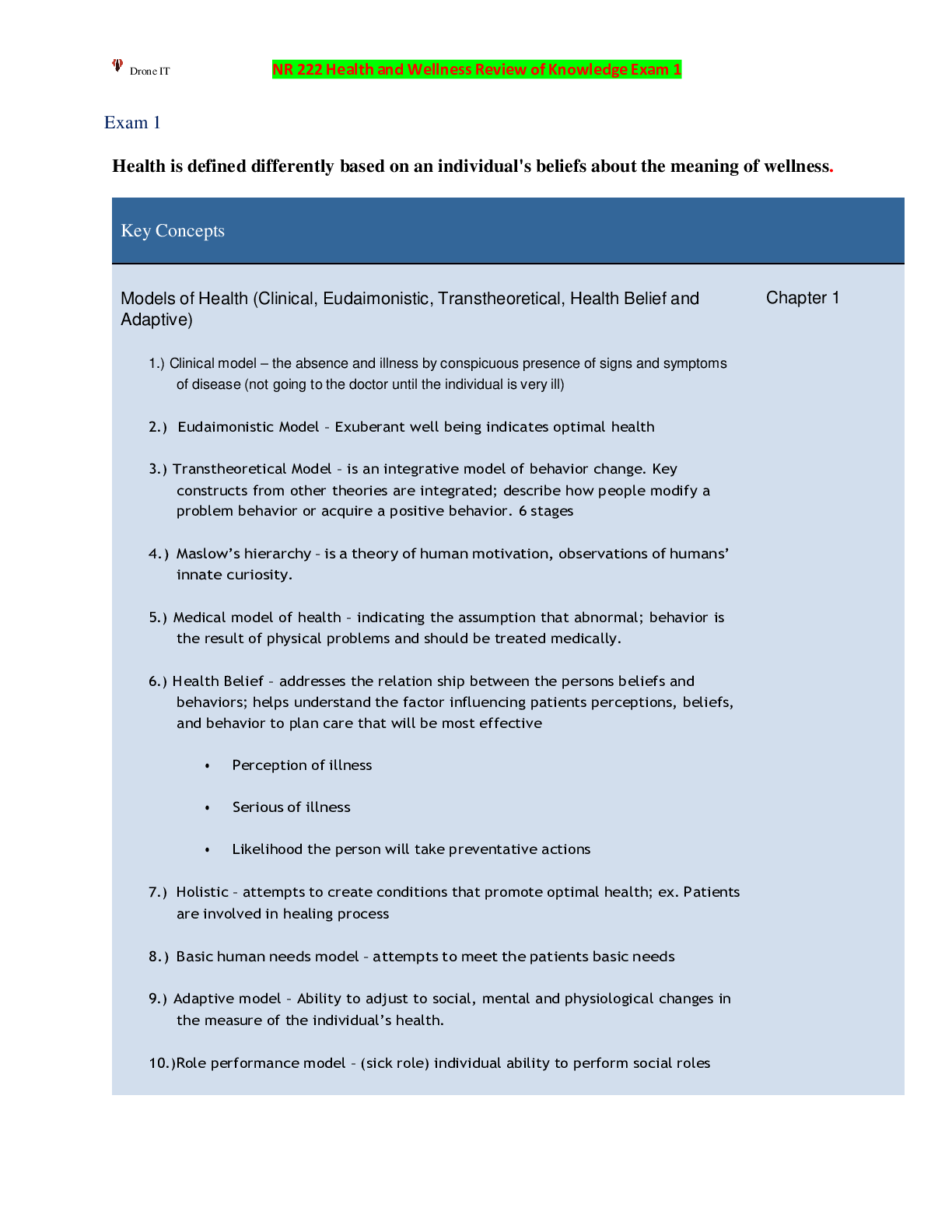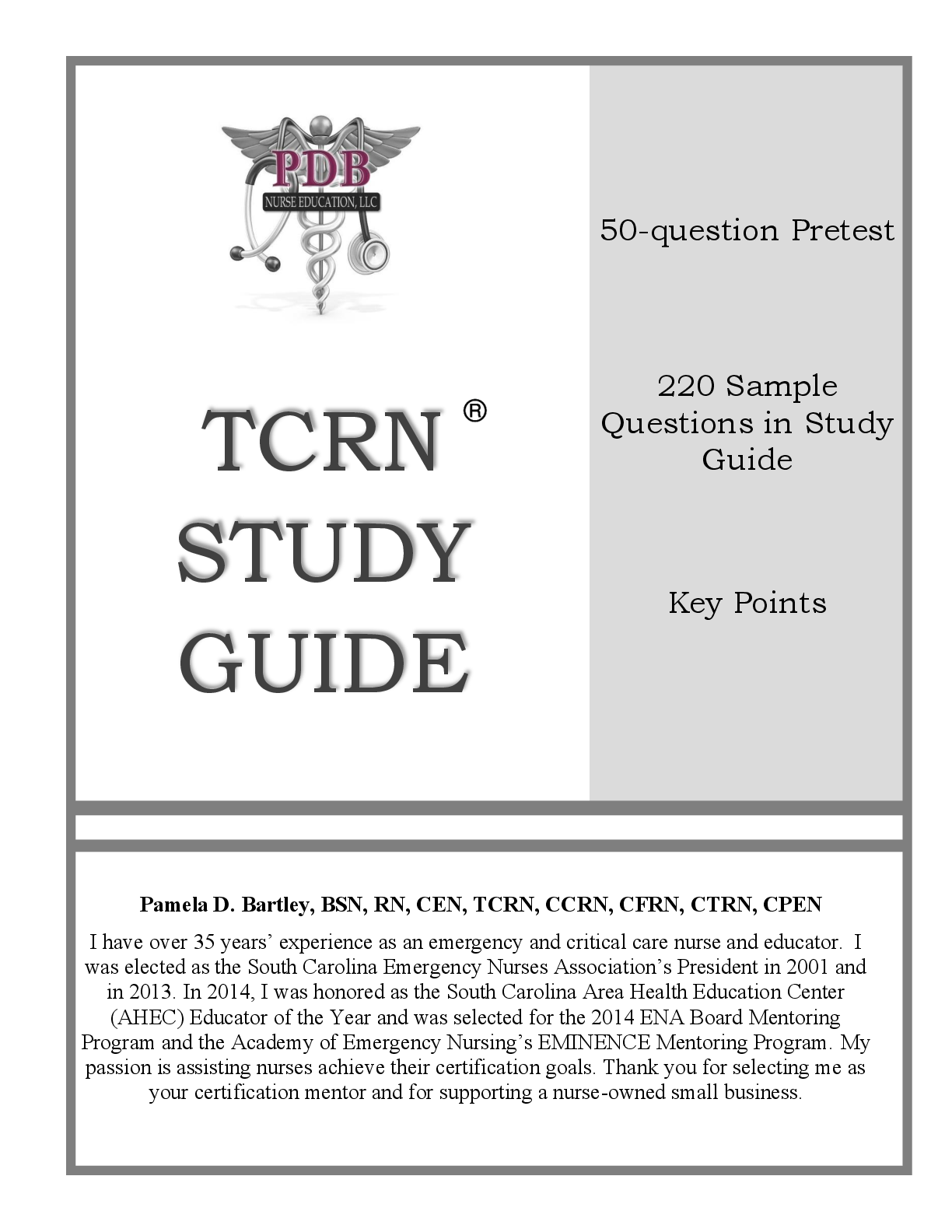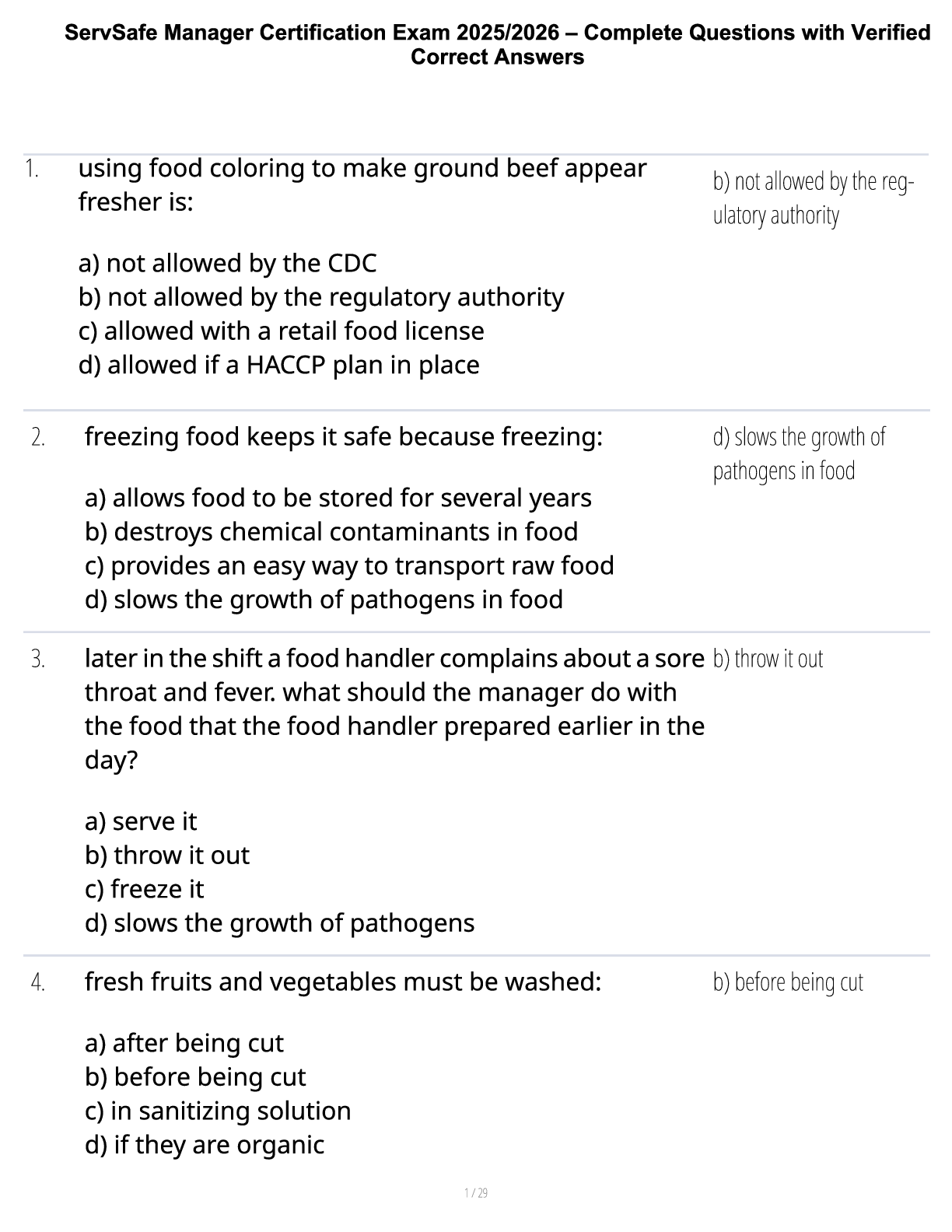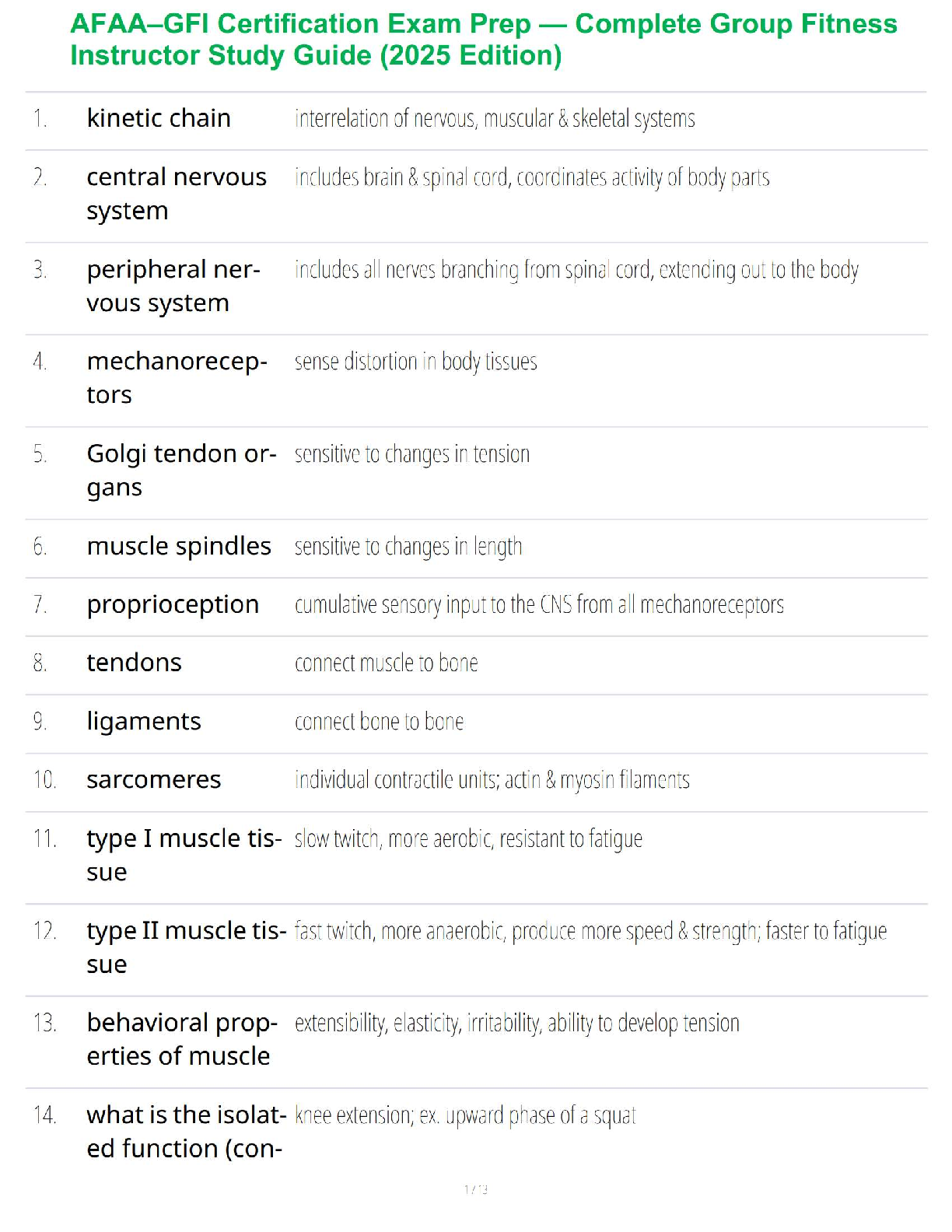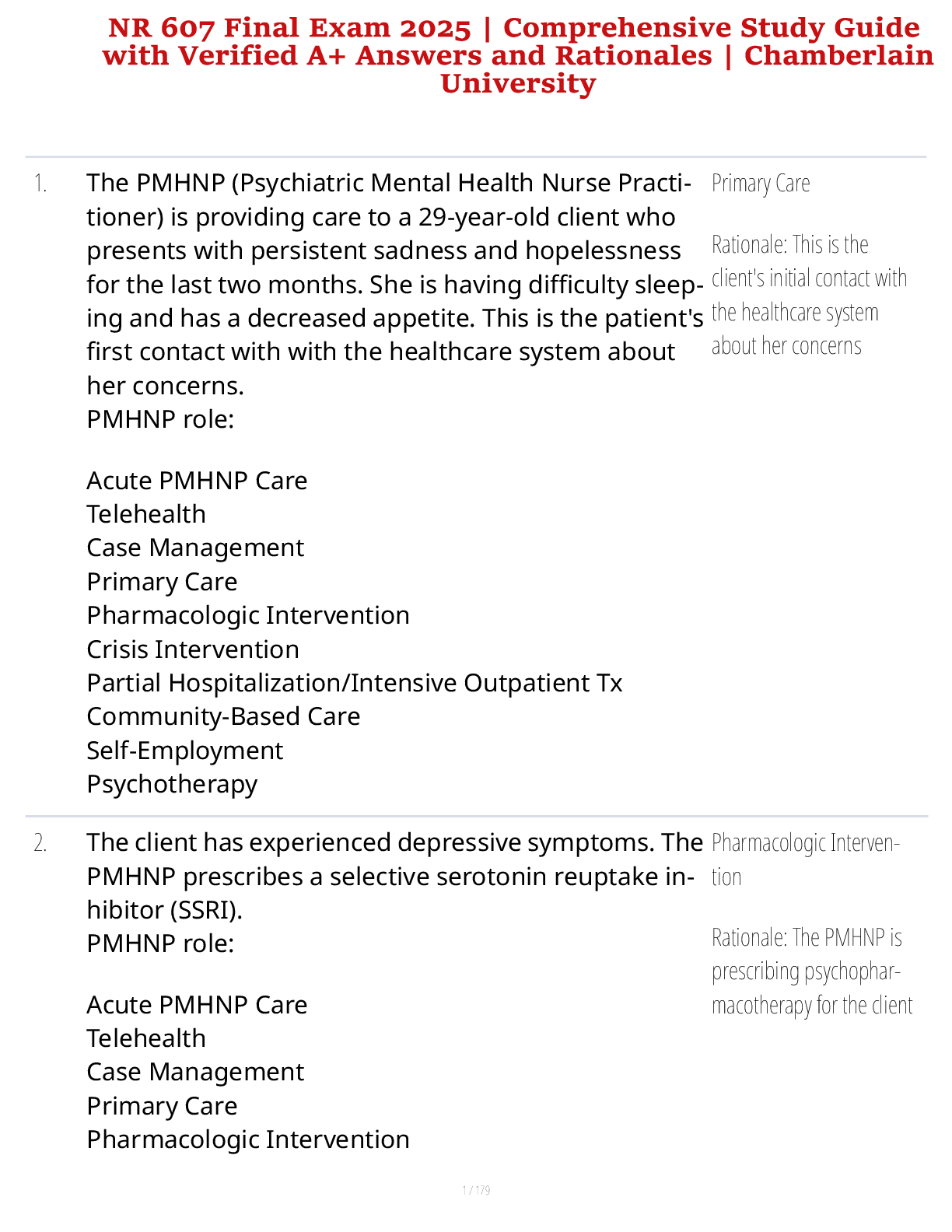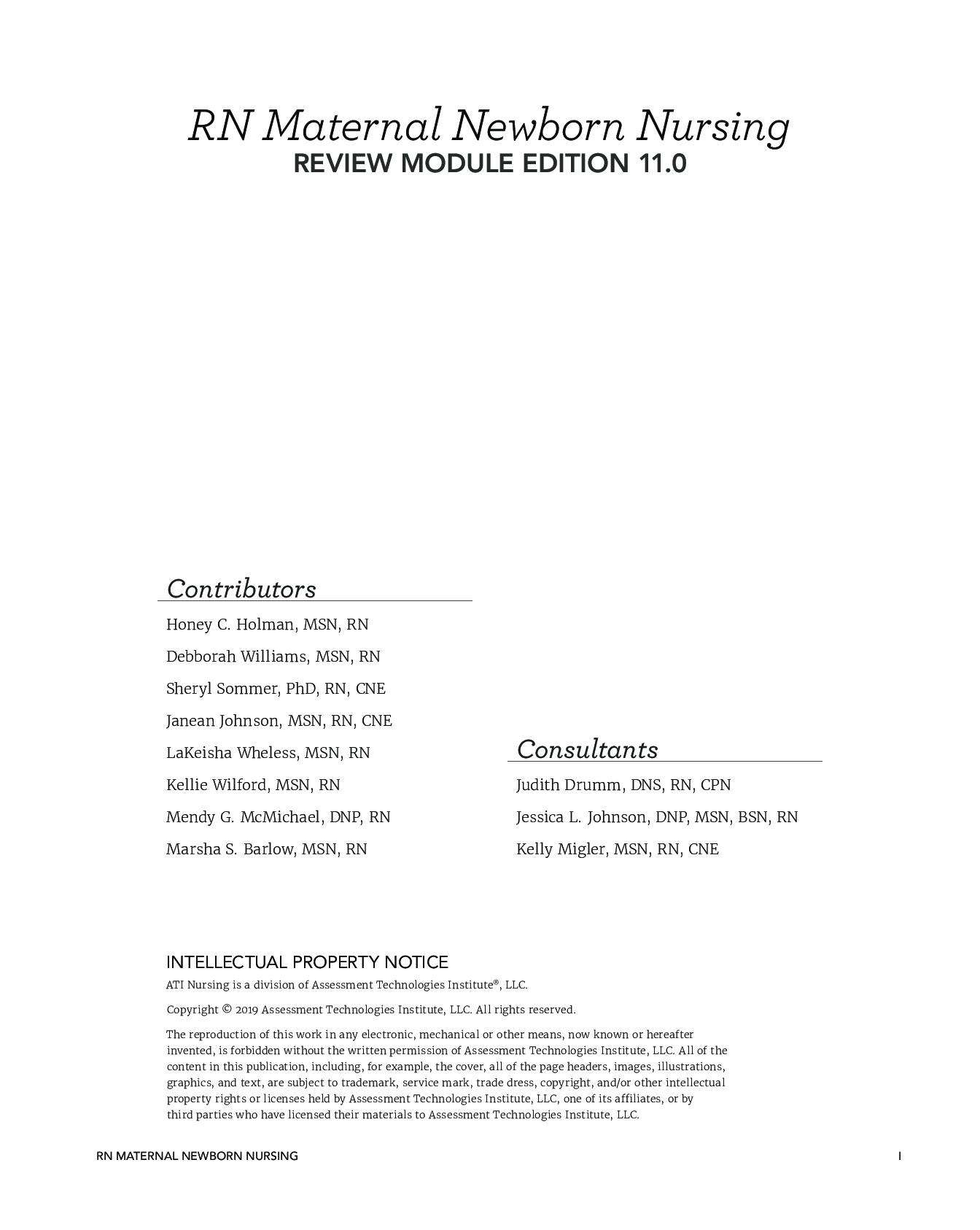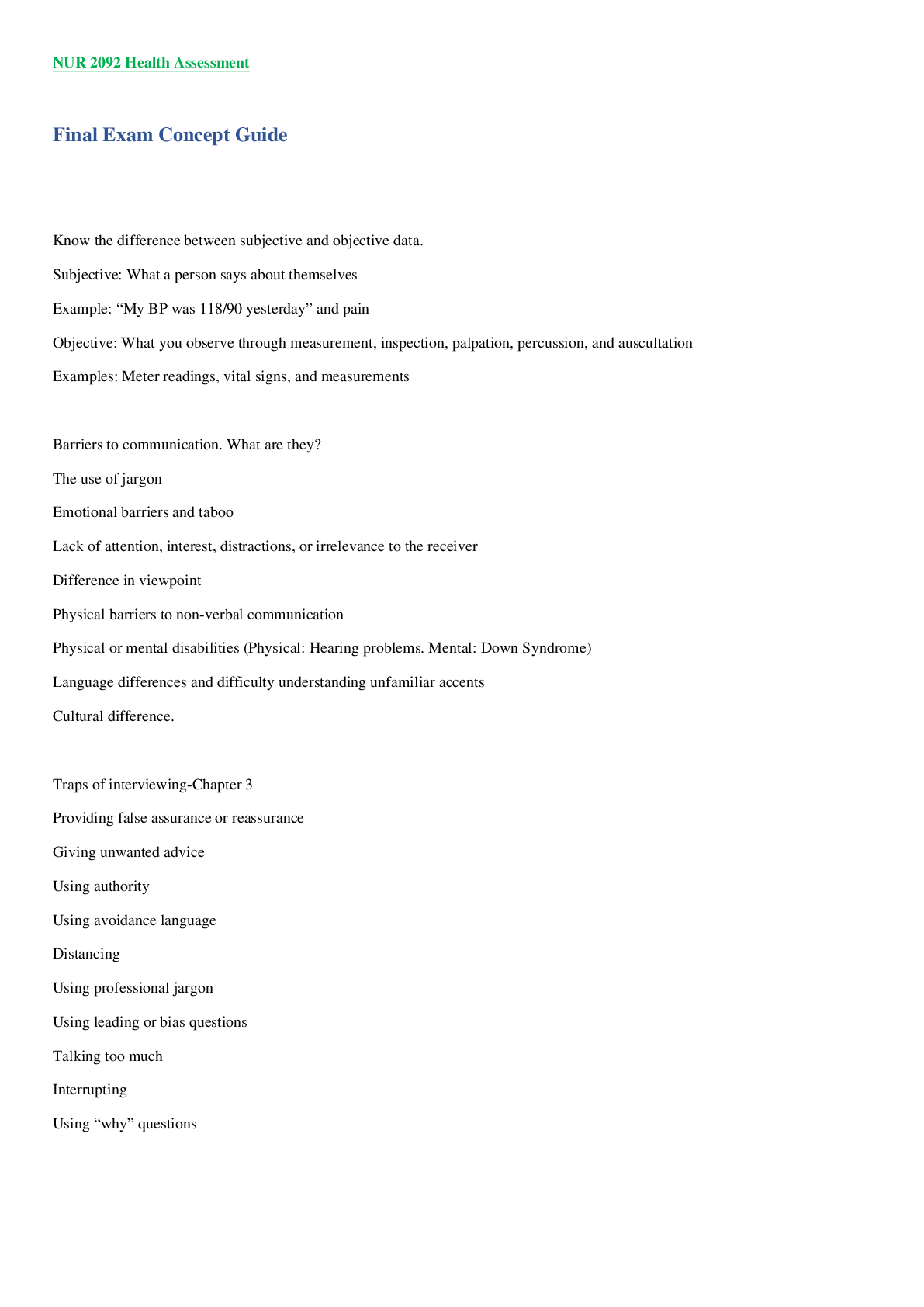*NURSING > STUDY GUIDE > NR-503 - Population Health, Epidemiology-Final Exam Study Guide. (All)
NR-503 - Population Health, Epidemiology-Final Exam Study Guide.
Document Content and Description Below
NR-503 - Population Health, Epidemiology-Final Exam Study GuideNR-503Population HealthEpidemiologyStudy Guide.Final ExamDefinitions of study designs: Chapter 10: Differentiate between the case-control ... and cohort studies. Ask yourself, which is used when, and why. Case-Control: • Examine the possible relationship of an exposure to a certain disease • Identify group of individuals with the disease (cases) • For comparison, gather a group of people without that disease (controls) • Determine what proportion of the cases were exposed and were not • Also determine what proportion of the controls were exposed and not • Text: Thus, in a case-control study, if there is an association of an exposure with a disease, the prevalence of history of exposure should be higher in persons who have the disease (cases) than in those who do not have the disease (controls). • Ask yourself: Why is this important to the NP in primary care? How does this inform a provider’s decision-making? Cohort Studies: Chapter 13: Comparing Cohort and Case-Control Studies: See Figure 13-1 and 13-2 (busy pictures but hang in there) Chapter 13 comparison ofstudies - important to review Matching: Chapter 10: Text: A major concern in conducting a case-control study is that cases and controls may differ in characteristics or exposures other than the one that has been targeted forstudy. Randomization: The point of randomization is to prevent any potential biases on the part of the investigators/researchers. Text: Thus, the use of randomization is crucial to protect the study from any biases that might be introduced consciously or subconsciously by the investigator into the assignment process. Bias: (selection bias) (source of cases) Issues related to generalizability; cases from a single source less than desirable than if from multiple sources with a varying pool of cases. Ask yourself, why? Causality: Table 14-3: Using the Evidence in Developing Recommendations Cross-Sectional Study: Both exposure and disease outcome are determined simultaneously for each subject. Testing a person for the relationship between the exposure (or existence of disease) with evidence of the disease. See figure 10-13 and example of serum cholesterol and ECG. Incidence Density Sampling: Text: An important consideration in case-control studies is whether to include incident cases of a disease (newly diagnosed cases) or prevalent cases of the disease (people who may have had the disease for some time). Hypothesis: Confirm or refute based upon study; statement of proposed relationship [Show More]
Last updated: 3 years ago
Preview 1 out of 11 pages

Buy this document to get the full access instantly
Instant Download Access after purchase
Buy NowInstant download
We Accept:

Also available in bundle (1)
Click Below to Access Bundle(s)

NR-503 Population Health, Epidemiology & Statistical Principles Assignments and Exams Bundle
NR-503 Population Health, Epidemiology & Statistical Principles -MID-TERM EXAMNR-503 Population Health, Epidemiology & Statistical Principles -MID-TERM EXAM(V2)-2022NR-503 - Population Health, Epidemi...
By Prof.Exams 3 years ago
$20
3
Reviews( 0 )
$10.00
Can't find what you want? Try our AI powered Search
Document information
Connected school, study & course
About the document
Uploaded On
Sep 20, 2021
Number of pages
11
Written in
All
Additional information
This document has been written for:
Uploaded
Sep 20, 2021
Downloads
0
Views
126

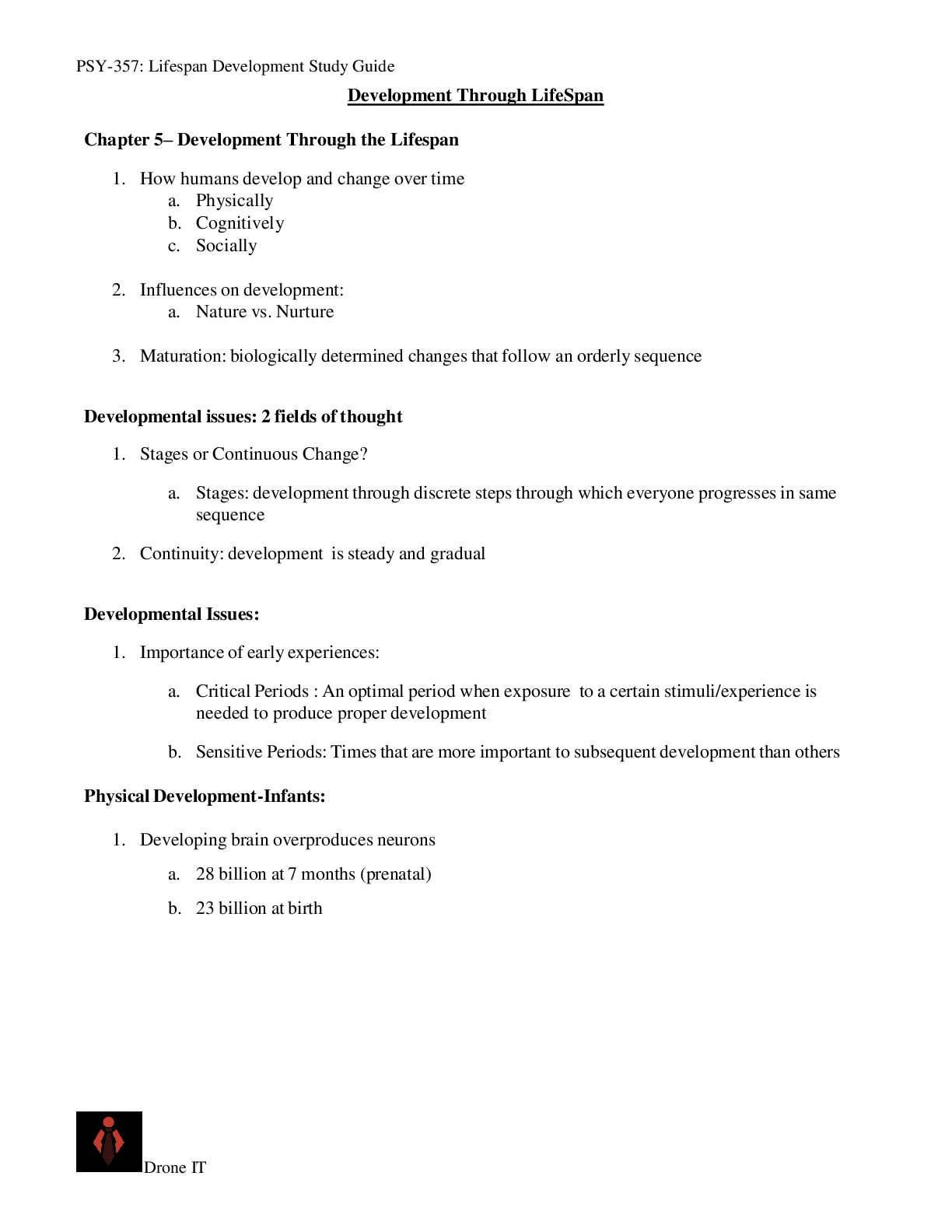
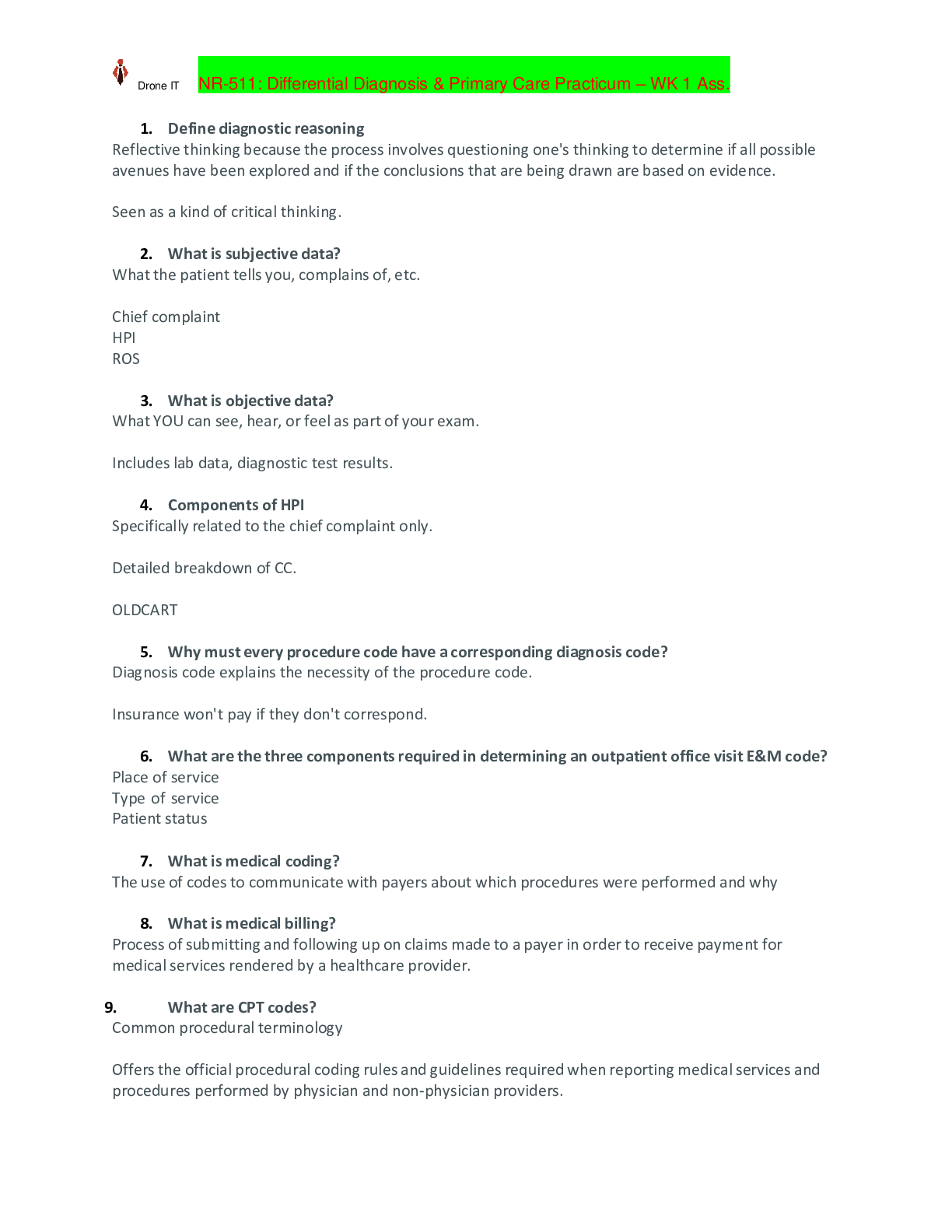


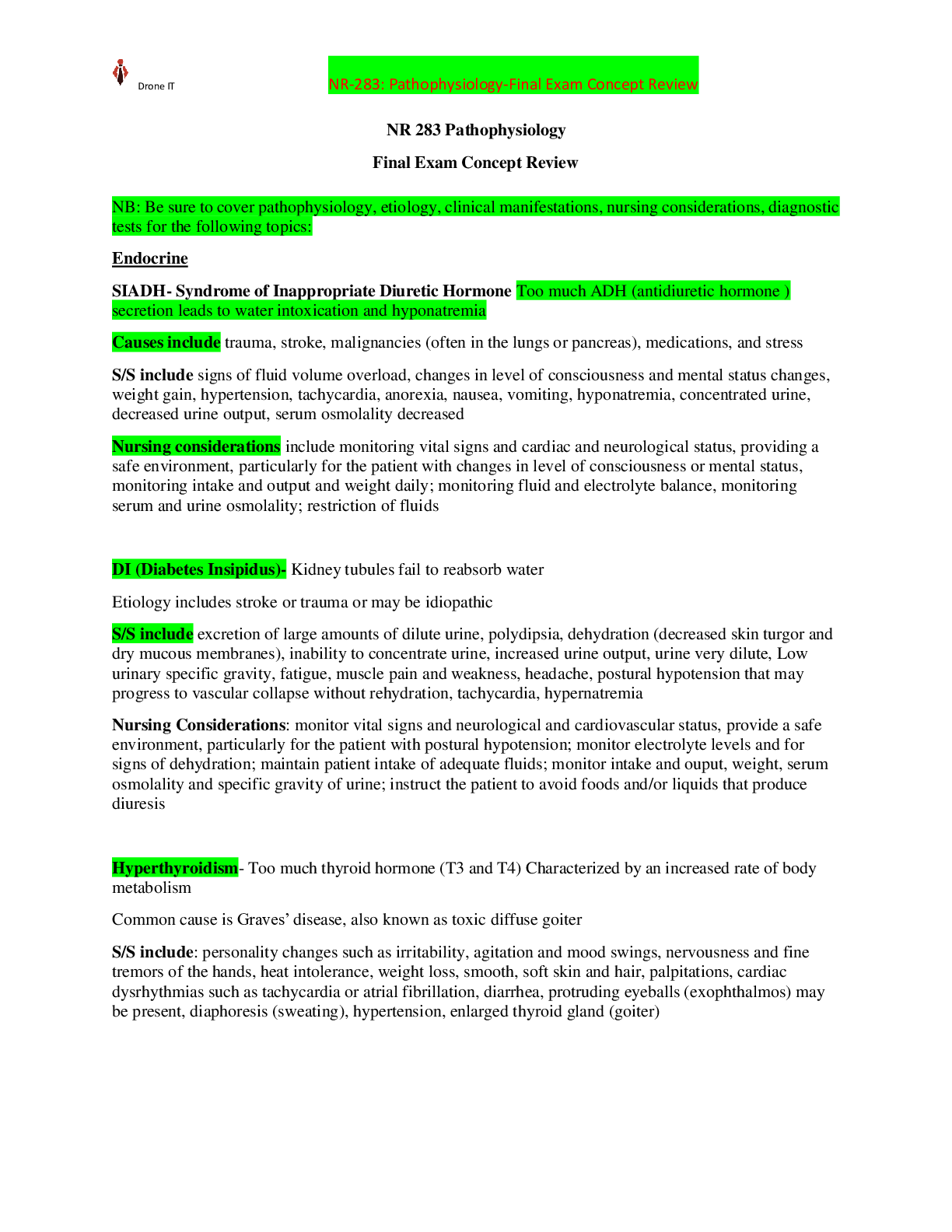


 A Graded.png)

